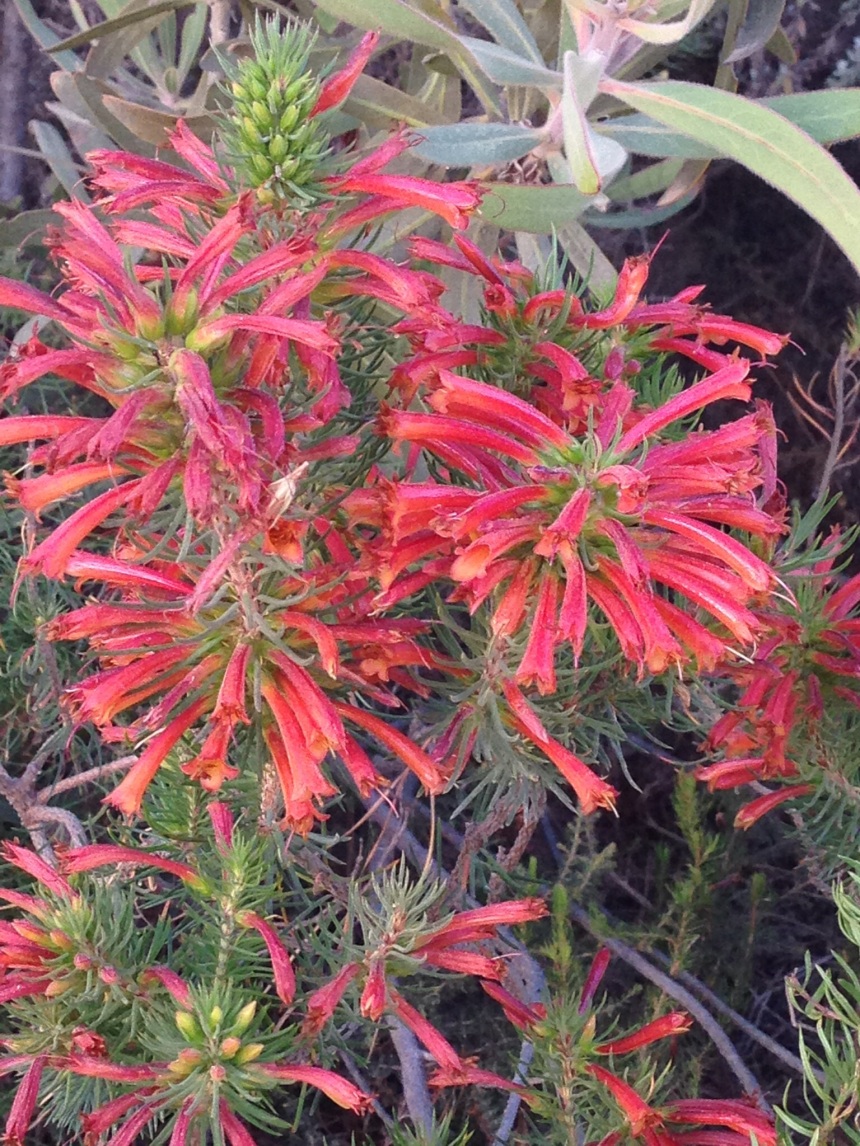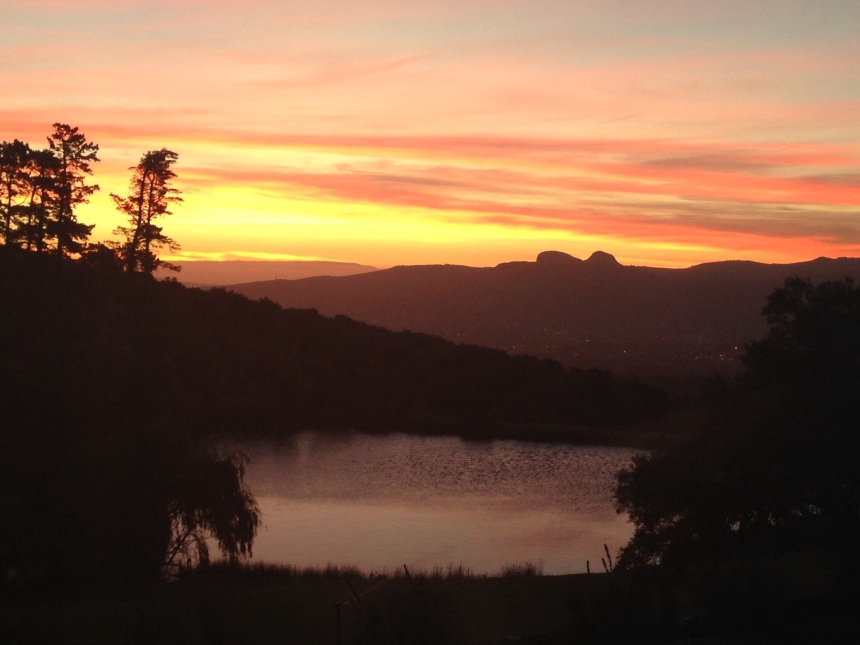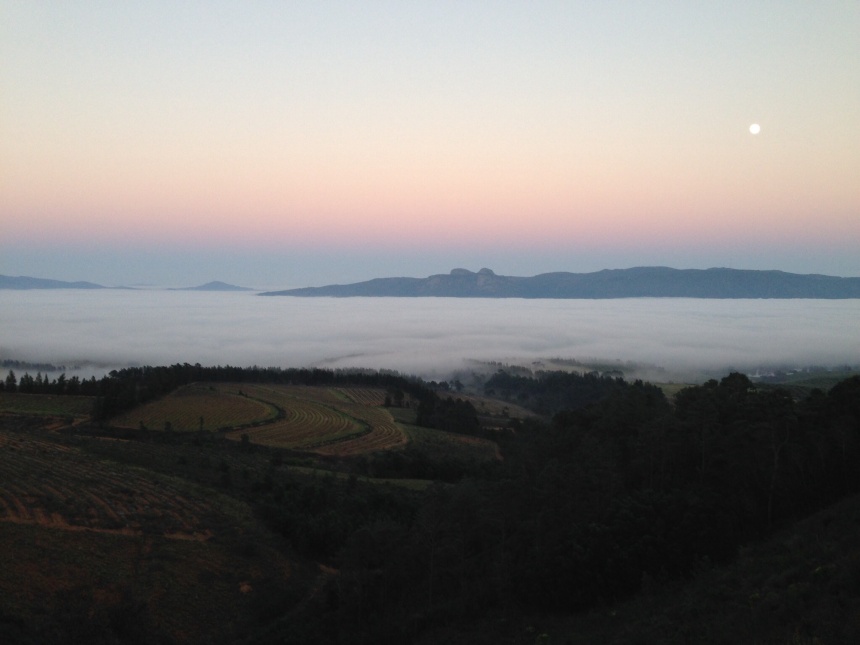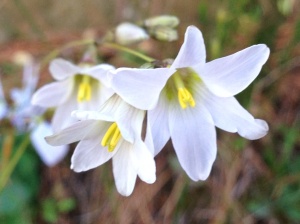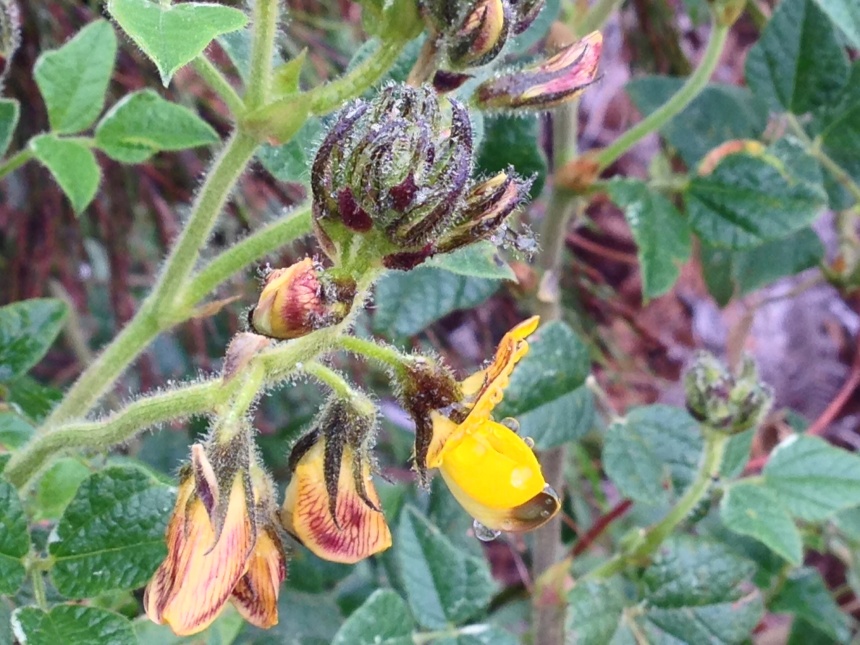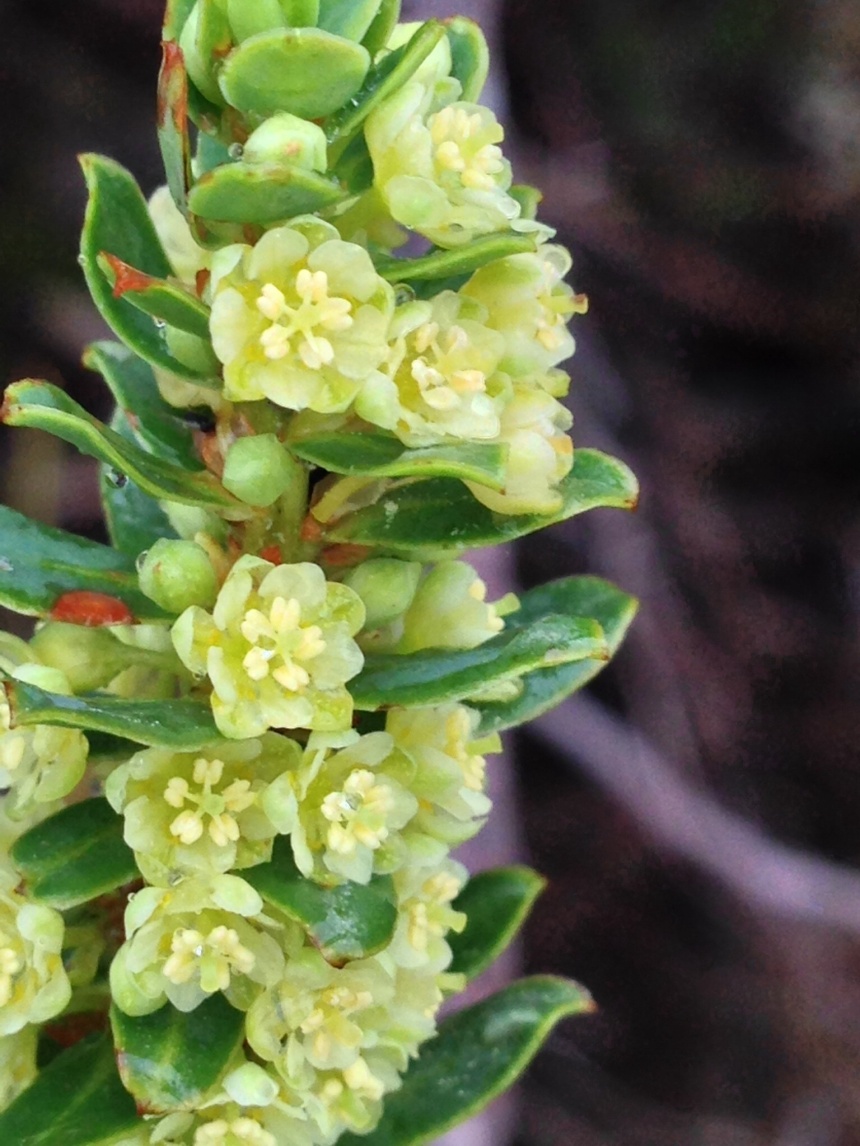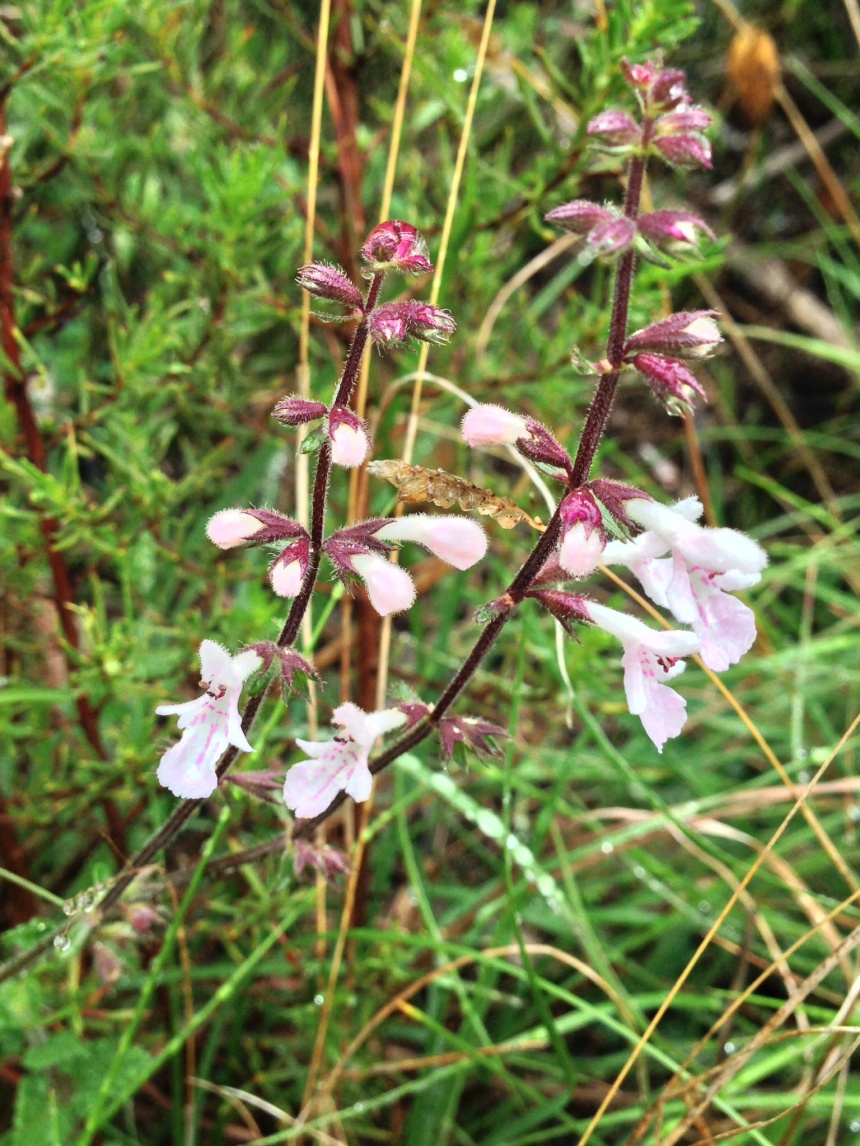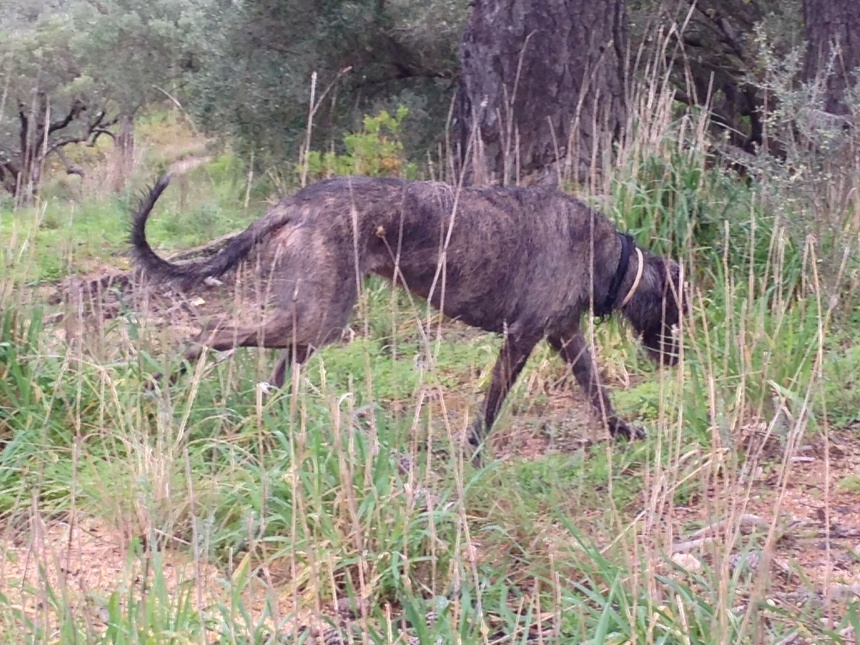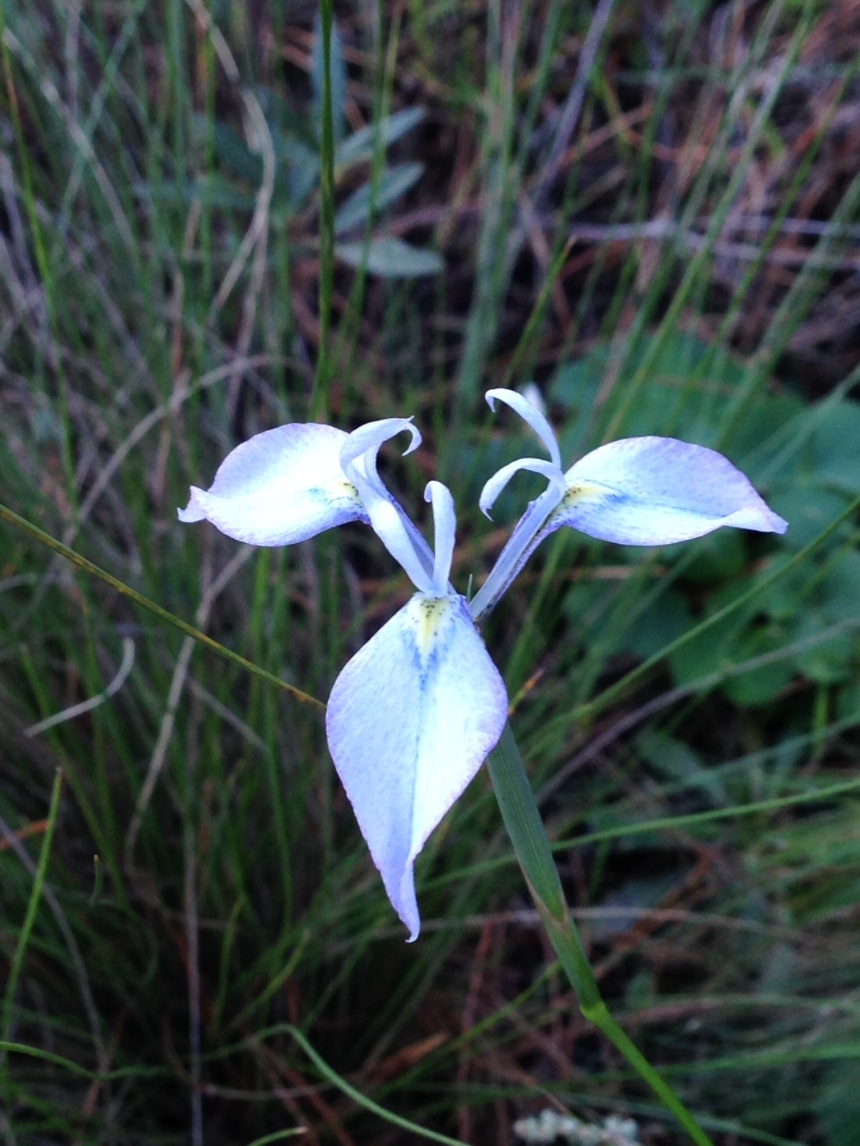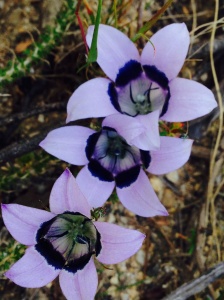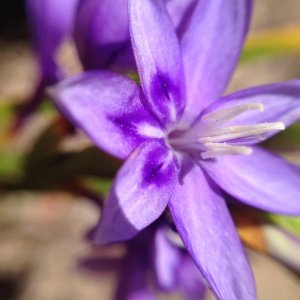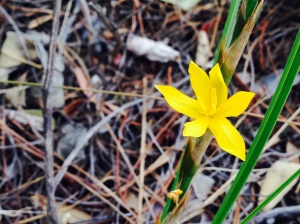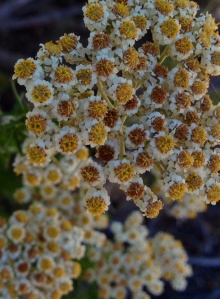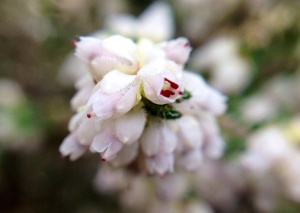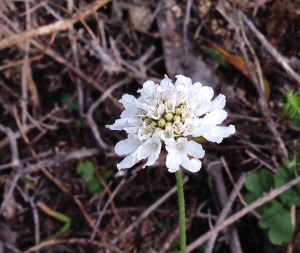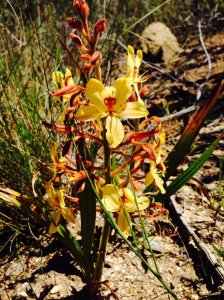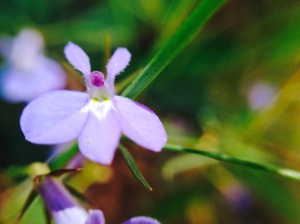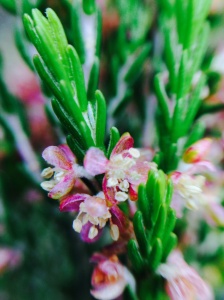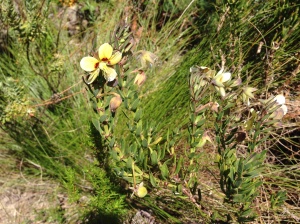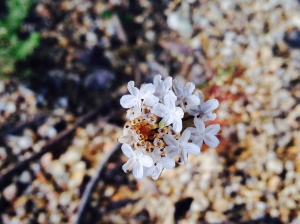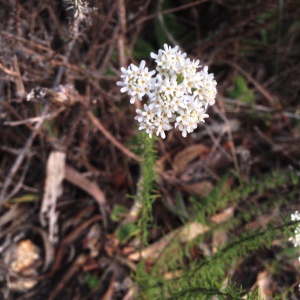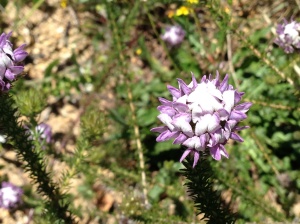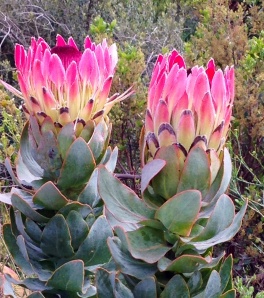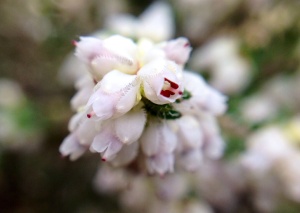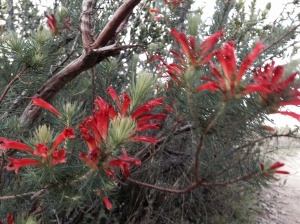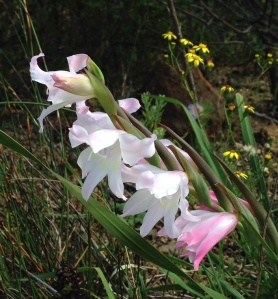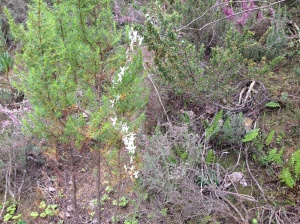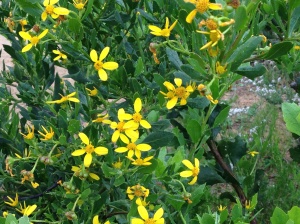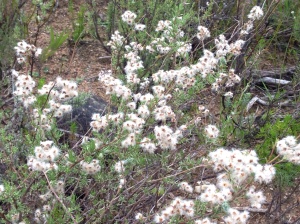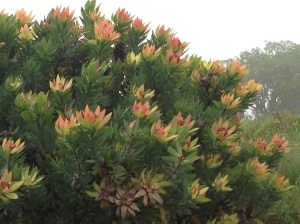Back on the run
Just when all is going swimmingly, and I’m bouncing up the mountain with two in-laws who are both 20 years younger than me but not running any faster… then…. splat! We went to a fabulous New Year’s Eve party and of course I can never resist wearing high heels at a party. I’m not very tall, you see, which is a nuisance at parties. And it was a farm party so I wore wedges which are comfortable on the gravel and in the grass. Only you are not supposed to dance on unlevel fields in wedges. The music started, a gorgeous if rather drunken German friend invited me to dance and off we went. Then off I went, off the high wedge, over on my ankle and into the “ouch” zone. Sprained ankles are the most common of atheletes injuries apparently, so I will just tell you that horrific though it was – incredibly painful, swollen and black and blue – I followed the rules: rest, ice, compression (ie bandaging) and ice. And took the anti-inflamatories for the first couple of days when it was really sore. And used a wonderful patch anti-inflamatory called “Transact”. Finally I bought a tailor made magnetic bandage to wear at night to stimulate the healing further.
The splendid result of all that is that I’m back on the run only two weeks later, with an ankle that is almost completely back to normal. AND, importantly, I danced with gusto at the wedding. Ola, the new daughter-in-law was cross enough to lose her running companion; she’d never have forgiven me if I’d failed to dance at her wedding.
Meanwhile despite one lovely night of respite from the heat when it poured with rain for four or five hours the mountain is dry and not much thrives in the dry summer weather. I can see the proteas preparing for the winter – new growth at the tips and the green buds of pinky white Protea Repens flowers already showing – they are the first to come through, before the rains.
Quite a few shrubs flower all year round and Erica abetiana is one that really seems to thrive when it gets properly hot. This one lives on the driveway and gives us a glorious flash of coral red as we drive up.
Another perennial flower is the Salvia africana – the blue flowers are a delight all over the mountain and the flowering is prolific now. I keep posting it – I love Salvia’s and particularly this one that thrives in the heat and dust of the Cape summer.
We have migratory birds who visit the farm year after year and in particular one buzzard who likes to keep watch from the tall pine trees in front of the house. He seems to tease the dogs when we run down the drive – as we pass his tree he drops of and flies down the valley along side us – calling in either outrage or amusement. He is a magnificent bird and we always believed him to be a Steppe Buzzard. We were having lunch after the wedding with Peter’s cousin, Yvonne, who is a devoted twitcher and when we pointed out a similar bird she said, “you know it could be a Honey buzzard, they are very special and I know they live around here.” We go home and look it up – the Steppe buzzard hardly calls when he’s here, whereas our bird yells out all the time. I play the call of the Honey buzzard and sure enough, that’s it. I know Yvonne is good but how does she perfectly identify a bird she hasn’t even seen? Birds are tricky when compared to Fynbos flowers. There are only about 800 to be seen in “Southern” Africa (and Yvonne has seen almost all of them) while there are 660 Fynbos subspecies of Erica alone. Flowers however have one massive advantage; they don’t fly away just as you think you’ve got the salient features and might be able to identify them.
The dogs of course are thrilled to be back to running (and will equally be devastated when I get on a plane to Paris in a couple of days time). Though the light was quite poor I cannot resist sharing this little gallery of Maebh on an evening hunt. She is all power and muscle, a wonderfully fit and agile wolfhound.
Finally, appropriately, a sunset. They are stunning at this time of year when fires rage in the Cape and the smoke diffuses the light in a wind-ravaged sky.
The result

